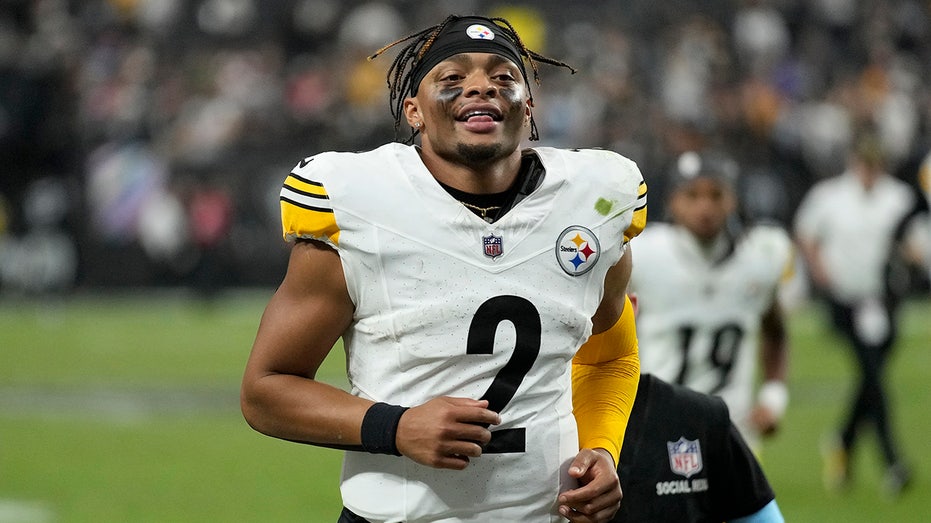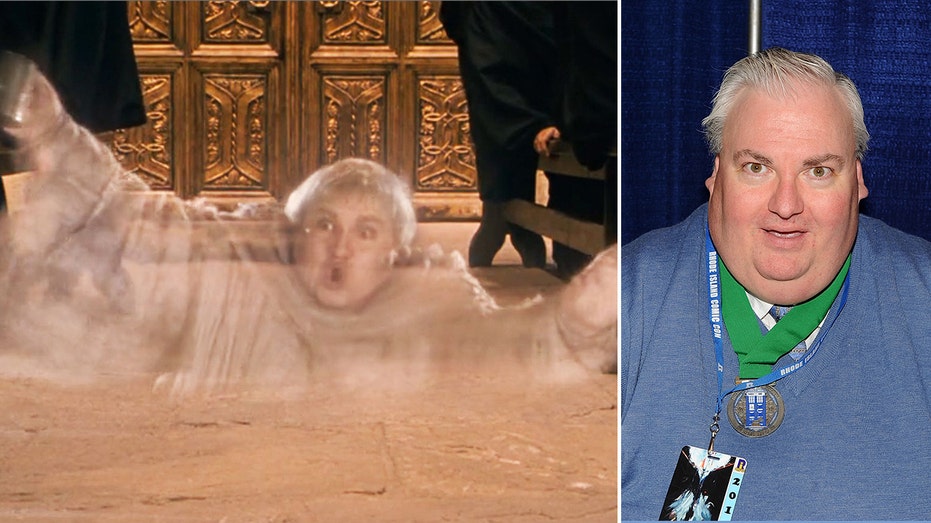- by foxnews
- 11 Mar 2025
‘We’re playing with fire’: US Covid cases may be 30 times higher than reported
‘We’re playing with fire’: US Covid cases may be 30 times higher than reported
- by theguardian
- 03 Jun 2022
- in news

The United States is now in its fourth-biggest Covid surge, according to official case counts - but experts believe the actual current rate is much higher.
America is averaging about 94,000 new cases every day, and hospitalizations have been ticking upward since April, though they remain much lower than previous peaks.
But Covid cases could be undercounted by a factor of 30, an early survey of the surge in New York City indicates. "It would appear official case counts are under-estimating the true burden of infection by about 30-fold, which is a huge surprise," said Denis Nash, an author of the study and a distinguished professor of epidemiology at the City University of New York School of Public Health.
About one in five - 22% - of adult New Yorkers likely had Covid between 23 April and 8 May, according to the preprint study, which has not been peer-reviewed or published. That would mean 1.5 million adults in the city had Covid in a single two-week period - far higher than official counts during that time.
While the study focused on New York, these findings may be true throughout the rest of the country, Nash said. In fact, New Yorkers likely have better access to testing than most of the country, which means undercounting could be even worse elsewhere.
"It's very worrisome. To me, it means that our ability to really understand and get ahead of the virus is undermined," Nash said.
More than half of the Covid patients surveyed also said they didn't know about Paxlovid, an antiviral that can be highly effective at preventing hospitalization and death among high-risk people. And those who were able to access Paxlovid tended to be younger, with better access to resources, signaling that Paxlovid may still not be reaching those who need it the most.
"We need to be able to know who among the most vulnerable is not getting access to Paxlovid after they have a Covid infection, and make sure that they're being reached and targeted quickly," Nash said.
Gaps in case counts may also explain why many people don't realize the US is in the midst of a serious surge now, experts said. Even those paying attention to cases likely don't realize how widespread Covid is right now.
"We've always known there were undercounts. We didn't always know by how much they were under-counted," he said. But in recent months, the gap appears to be widening.
The team of researchers did a similar survey after the first Omicron surge and estimated that about 1.8 million adults likely had Covid between 1 January until the middle of March.
That estimate was about three to four times greater than the official case count during that time, Nash said - markedly lower than the 30-fold difference the researchers are seeing now.
The huge disparity between estimated and official case counts is likely due to a rise in home testing, which is usually not included in official numbers, and pandemic fatigue or lack of information leading some people not to test at all, even if they have symptoms or exposure to the virus.
There is also a "huge disincentive" for many people to get tested for Covid, said Lara Jirmanus, a family physician and clinical instructor at Harvard Medical School. Americans have been told the virus is mild and won't affect their lives, she said, but if they test positive, they need to stay home from work and school.
"It's almost as though we've created a national 'don't ask, don't tell' Covid policy - and that is a perfect way to promise that Covid will spread rapidly," she said - especially concerning given as much as 60% of Covid transmission happens from people who never have any symptoms.
Without good data on the true extent of Covid, it's more difficult to protect against it, experts said.
"We don't really have a good handle of what's going on with Covid, and therefore people can't make decisions about what to do in a surge," Nash said.
"We've been asked by our elected leaders and governments to make the best decisions for us as individuals," he continued. "Well, what information does an average person refer to when they're trying to make the best decisions for themselves around Covid precautions?"
Increased monitoring of viruses like Covid - by examining wastewater or conducting surveys, like Nash and his colleagues did - would sound the alarm on future surges and help experts understand how many people may be vulnerable to the virus.
Local and national public health officials need to "give a better picture of what the true Covid burden might be, so that people can make these informed decisions," Nash said.
People need to be given "clear on-ramps and off-ramps" for precautions as Covid surges and ebbs, Jirmanus said. Instead, "we're basically just putting ourselves at the risk of this virus and we have no idea what the future holds - the next variant could make people sicker or kill people more quickly."
Because of the protection offered by vaccines and recovery from previous cases, the hospitalization rate and death toll of this surge is lower than previous waves so far.
But "we're not at a place where we can confidently say that each of these new variant surges is not going to result in a surge of deaths", Nash said.
Hospitalization and death are also not the only negative outcomes of cases. "The long Covid threat is going to be something that's with us for a while, even after hospitalizations and deaths become less of an issue," Nash said.
Long Covid can occur in an estimated 10 to 30% of cases, and each infection - and reinfection - seems to be "a roll of the dice" for developing long-term health issues, he said.
"It's very poorly understood, in my view, given how important a public health issue it could be. But it is absolutely high on the list of reasons to avoid Covid infection right now. It's tragic that this is not something that is discussed as a reason to prevent the impact of a surge."
Vaccines protect against long Covid by about 15%, new research suggests, underscoring the need for other precautions to prevent infections.
"This idea that we need to return to normal and that's the most important thing, rather than just actually using mitigation measures to save lives - it's actually not that hard, and if it were normalized, we could do it," Jirmanus said.
- by foxnews
- descember 09, 2016
High-end vacation resort bans children to achieve 'tranquil environment'
The Alila Marea Beach Resort, located in Encinitas, California, has announced that it's no longer accepting kids and is transitioning to an adults-only vacation spot.
read more


